Lighting is the heart and soul of photography. It can make or break an image, turning an ordinary scene into a breathtaking masterpiece or leaving a potentially great shot flat and uninspiring. But what if you've already taken a photo and the lighting isn't quite right? That's where the magic of AI photo enhancers comes in.
In this comprehensive guide, we'll explore the world of lighting in photos and how cutting - edge AI technology can help you fix light in photo issues. You'll discover powerful tools and techniques to elevate your images to professional quality. We'll dive into why good lighting matters, how to identify common lighting problems, and most importantly, how to fix lighting in photos using mobile apps and online tools.
In this article
Part 1: Why Good Lighting Matters for Photography

Lighting Dictates 80% of Image Quality
It's often said that lighting is responsible for 80% of a photo's impact. Proper lighting in photography can transform an ordinary subject into something extraordinary, poor lighting can make even the most interesting subjects appear dull and lifeless.
How Light Works in Photography
Light interacts complexly with your subject, creating highlights, shadows, and midtones. These elements work together to create depth, texture, and mood in your images. Understanding how light behaves allows you to manipulate it to your advantage, in both shooting and editing.
Why Your Brain Prefers Well - Lit Photos
Our brains are wired to respond positively to well - lit images. Photos with balanced lighting are easier for our eyes to process and are more visually appealing. This is why good lighting for selfies can make a difference in how we perceive ourselves and others in photographs.
Self - check: Does your photo have these issues?
Before we dive into fixing lighting problems, let's identify some common issues:
- Underexposure: The image is too dark and lacks detail in shadow areas.
- Overexposure: The photo is too bright, with blown - out highlights.
- Harsh shadows: Strong, unflattering shadows on faces or objects.
- Uneven lighting: Parts of the image are well - lit while others are in shadow.
- Color cast: An unwanted tint that affects the overall color balance.
If you've noticed any of these issues in your photos, don't worry! We're about to explore how to fix them using powerful AI tools.
Part 2: How to Fix Bad Lighting in Photos
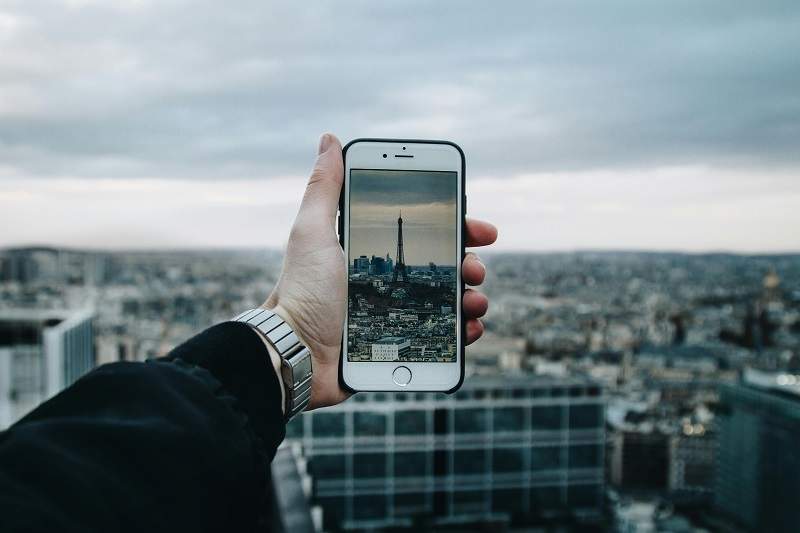
Online Fix: Powerful Web - Based Solutions
The internet has revolutionized photo editing, making it easier than ever to fix lighting in photos online. Whether you're working with free tools or premium software, there are plenty of options to enhance your photos and achieve professional results. Let's dive into some of the best web - based solutions available today.
Free Tools
1. Pixlr E
Pixlr E is a feature - rich online editor that offers automatic enhancement options alongside manual adjustments. This tool is perfect for users who want to fix lighting in photos without downloading software.
2. Fotor
Fotor is another excellent free tool that provides one - click enhancements to fix bad lighting in a photo. It also allows manual adjustments for more control over your edits.
Premium Tools
1. Adobe Lightroom (Web Version)
Adobe Lightroom is a professional - grade editor with powerful AI features designed to help you fix lighting in photos online. It's particularly effective for advanced corrections like balancing highlights and shadows or removing glare.
2. Luminar Neo
Luminar Neo is an AI - powered photo editor with advanced lighting correction capabilities. Its unique tools allow users to relight specific areas of an image based on distance from the camera, making it ideal for fixing uneven lighting or glare issues.
These online tools offer automatic relighting, glare removal, and brightness correction. They're excellent options for quick fixes or when you don't have access to your main editing software.
Mobile Fix: How to Fix Lighting in Photos on Android Using Dr.Fone App
The Dr.Fone App - AI Photo Enhancer is a game - changer for those who prefer editing on the go. This powerful mobile tool brings professional - grade editing capabilities to your fingertips.
Introduction to Dr.Fone App - AI Photo Enhancer
The Dr.Fone App is a comprehensive solution for mobile photo editing and offers a range of AI - powered tools to enhance images. Its intuitive interface makes it accessible for beginners while providing advanced features for more experienced users.
Features of the app:
- Color correction: Automatically balances and enhances colors
- Sharpness boost: Improves detail and clarity
- Noise reduction: Smooths out graininess in low - light photos
Dr.Fone App - AI Photo Enhancer (iOS & Android)
100% Automatic Photo Enhancement: 1-Click Fixes
- Sharpen Blurry Images
- Denoise & Enhance Low-Light Photos
- Naturally Enhance Portrait Details
- User-Friendly & Beginner-Perfect
A step-by-step guide to using Dr.Fone on Android
01of 04Download and Launch the Dr.Fone App
- Get the app from the Google Play Store. Install and open it on your device.
02of 04Access the AI Photo Enhancer Tool
- Navigate to the "AI Tools" section in the main menu. Select "AI Photo Enhancer" from the options. The tool will automatically improve photo quality.
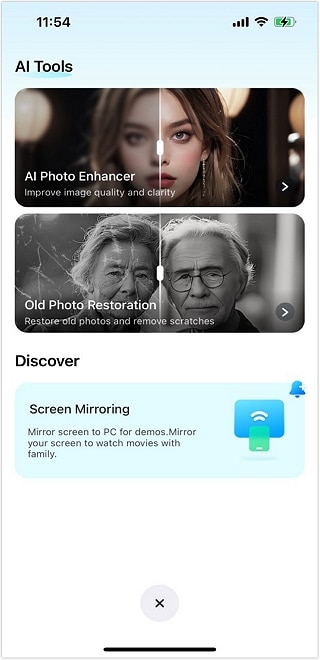
03of 04Upload Your Photo
- Tap "Select Photo" to choose a photo from your gallery. The app supports various formats for maximum compatibility. Preview your selected photo before enhancement.
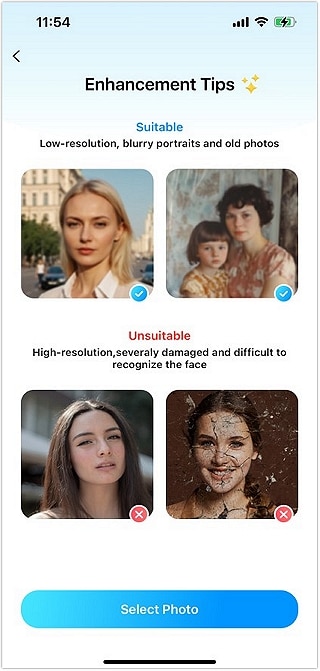
04of 04Enhance and Save Your Photo
- Click "Enhance" to start the AI - driven process. The app will automatically correct colors, boost sharpness, and reduce noise. Preview the improved image and tap "Save" to download it.

Part 3: Advanced AI Techniques: How to Fix Bad Lighting in a Photo
As AI technology advances, so do our capabilities to fix bad lighting in a photo. Let's explore some cutting - edge techniques and tools that can transform your images.

Common lighting issues and AI solutions:
- Glare: AI algorithms can identify and reduce unwanted reflections and hotspots.
- Harsh shadows: Advanced tools can soften and balance shadows for a more natural look.
- Overexposure: AI can recover seemingly lost details in blown - out areas.
AI techniques for correcting these issues:
- Balancing highlights and shadows: AI analyzes the image to create a more balanced exposure.
- Adjusting white balance: Machine learning algorithms can detect and correct color casts automatically.
- Enhancing dynamic range: AI can expand the tonal range of your image, bringing out details in both highlights and shadows.
How AI enhances dynamic range:
Traditional HDR (High Dynamic Range) techniques often result in unnatural-looking images. AI-powered tools, however, can analyze multiple exposure levels within a single image and intelligently blend them for a more natural, balanced result.
Examples of before-and-after transformations:
Imagine a portrait taken in the harsh midday sun. The original shows deep shadows under the subject's eyes and an overexposed background. After AI enhancement:
- Facial shadows are softened, revealing natural skin tones and eye detail.
- The background exposure is balanced, showing previously blown - out cloud details.
- The overall temperature is adjusted for a warm, inviting atmosphere.
Part 4: Best Practices for Good Lighting in Photography
While AI tools are incredibly powerful for fixing lighting issues in photos, it's always best to start with good lighting. Let us explore some fundamental techniques to improve your photography lighting skills.
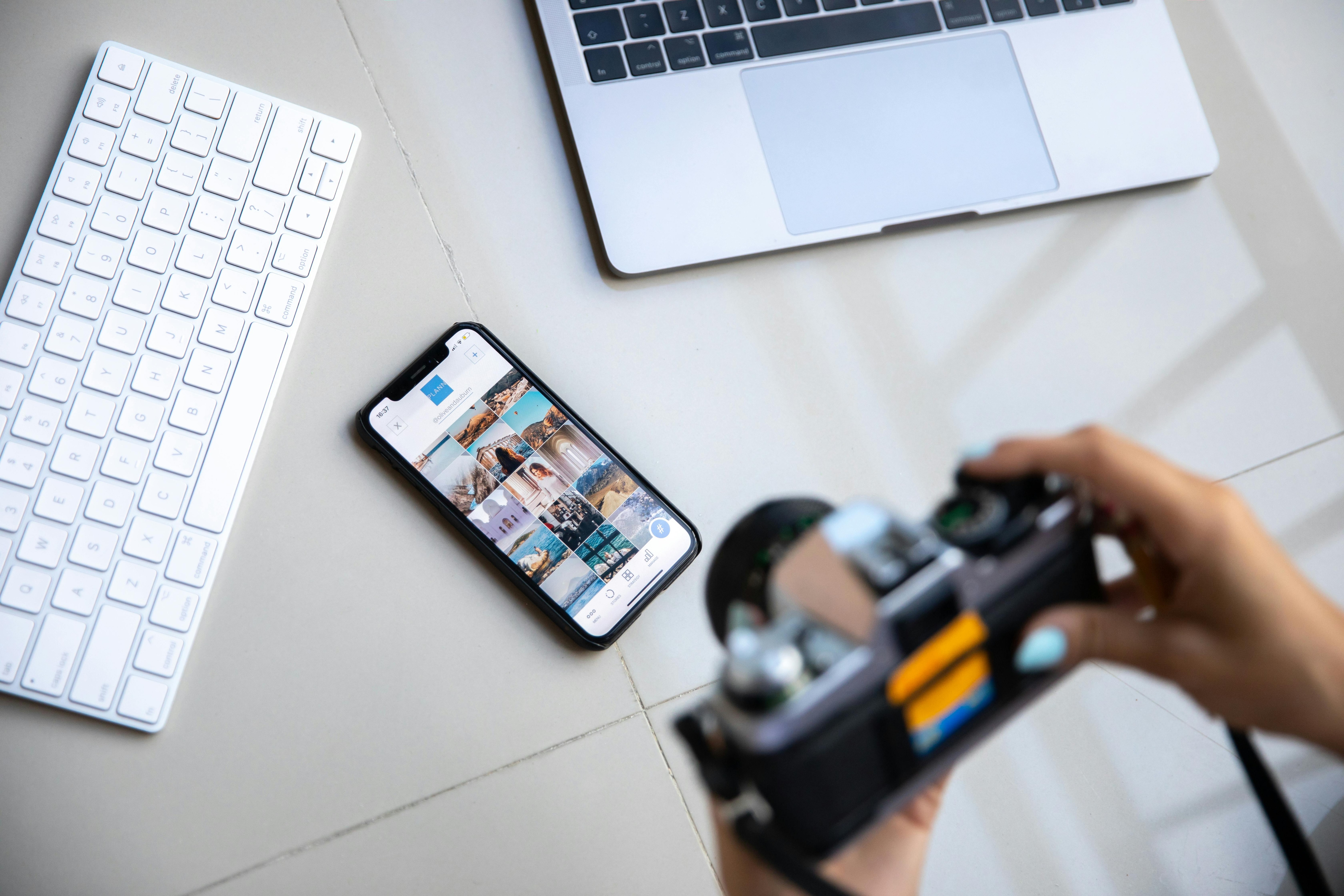
Basic Lighting Rules:
| The Golden Hour | To achieve soft and warm lighting it is best to shoot during dawn or dusk. |
| Avoid Harsh Midday Sun | If you must shoot during midday, seek shade or use diffusers. |
| Use the Sun as a Backlight | Position your subject with the sun behind them for a beautiful glow. |
Easy Lighting Fixes:
| Reflectors | Use white or metallic surfaces to bounce light onto your subject. |
| Natural Light Indoors | Position subjects near windows for soft, flattering light. |
| Fill Flash | Use your camera's flash to fill in shadows in bright outdoor scenes. |
Affordable Lighting Tools:
| LED Panel Lights | These lights are portable and adjustable for various lighting scenarios. |
| Softbox | Creates soft, diffused light ideal for portraits. |
| Ring Light | A ring light is perfect for selfies and close-up shots, providing even illumination. |
Remember, good lighting is about observation and practice. Train your eye to notice how light interacts with your subjects, and you'll naturally start to create better - lit photos.
Conclusion
Mastering lighting in photography is a journey, but with the power of AI photo enhancers, you can overcome many lighting challenges and elevate your images to new heights. From online tools to mobile apps like the Dr.Fone App, there's a solution for every photographer, whether you're fixing a quick selfie or enhancing a professional shoot.
As we've explored, good lighting is crucial for creating impactful images. While it's always best to get the lighting right in - camera, AI tools provide a powerful second chance to fix lighting in photos and bring out their full potential.
Remember, the key to great photography is technical skills, creative vision, and the right tools. By understanding lighting principles and leveraging AI technology, you can consistently produce stunning images that capture the beauty of the world around you.
FAQ
-
Q: Can AI fix badly lit photos?
A: Yes, AI photo enhancers can significantly improve poorly lit images by adjusting exposure, balancing colors, and enhancing details. While they can't work miracles, they can often salvage photos that might otherwise be unusable.
-
Q: Is it better to fix lighting during shooting or in post - processing?
A: Ideally, you should aim to get the best lighting possible while shooting. However, post - processing with AI tools can enhance good photos and save problematic ones. A combination of good shooting techniques and skillful editing often yields the best results.
-
Q: Are AI photo enhancers difficult to use for beginners?
A: Many AI photo enhancers, like the Dr.Fone App, are designed with user - friendly interfaces that make them accessible to beginners. These tools often have automatic modes that can improve your photos with just a few clicks, while also offering more advanced options as you gain experience.
-
Q: How do I choose the right AI tool to fix lighting in photos?
A: Consider factors like your skill level, the types of photos you typically shoot, and whether you prefer mobile or desktop editing. Try free trials of different tools to see which interface and features work best for you. For mobile editing, the Dr.Fone App offers a great balance of powerful features and ease of use.











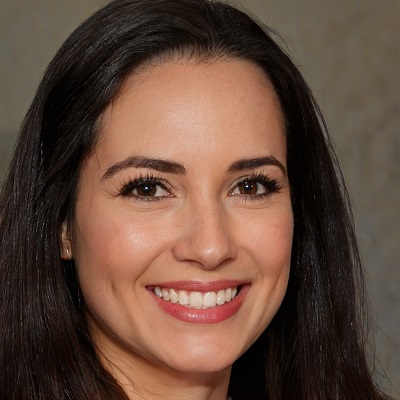



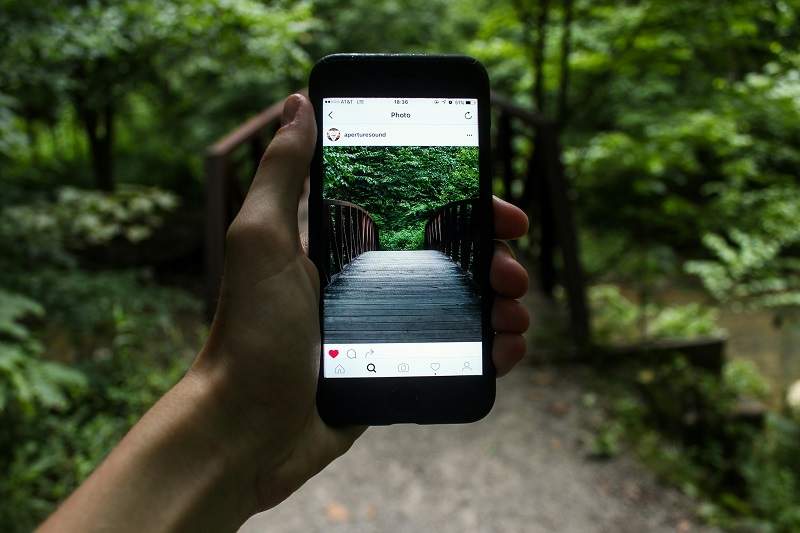
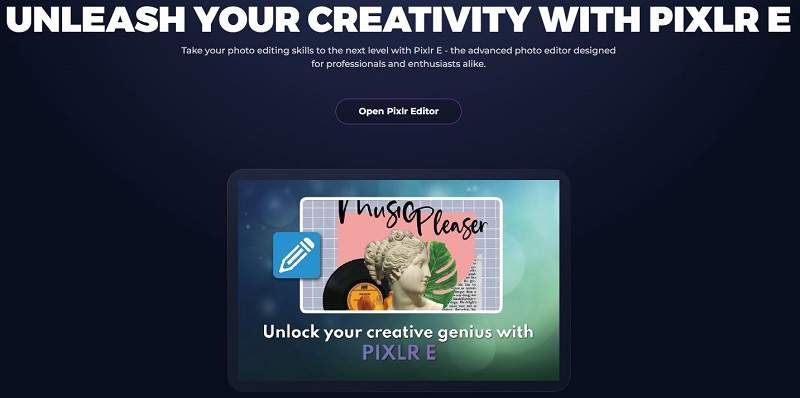
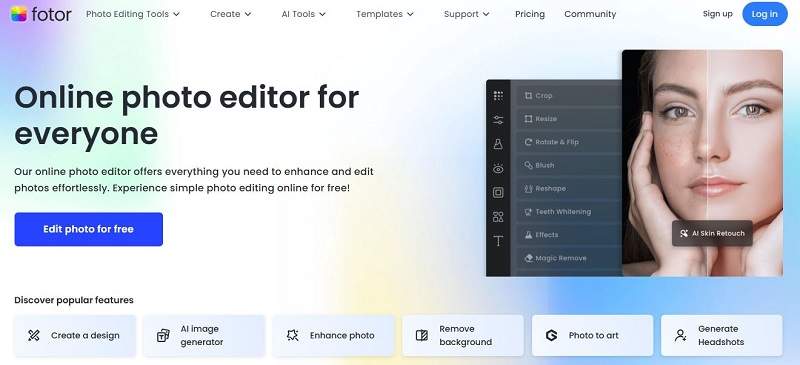
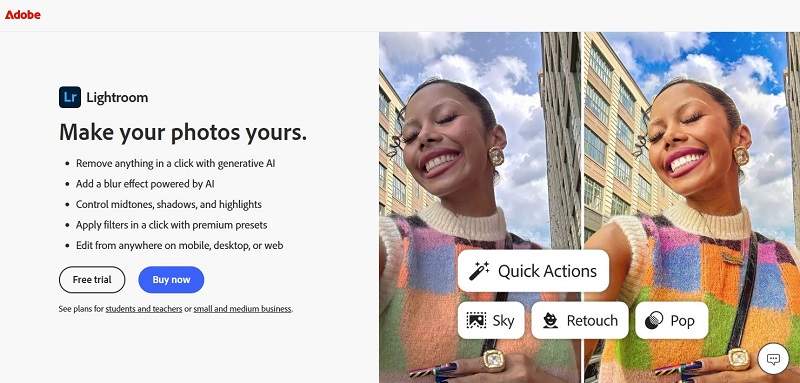
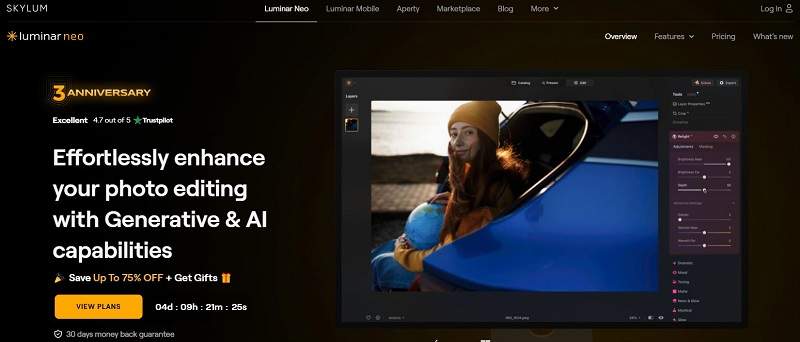
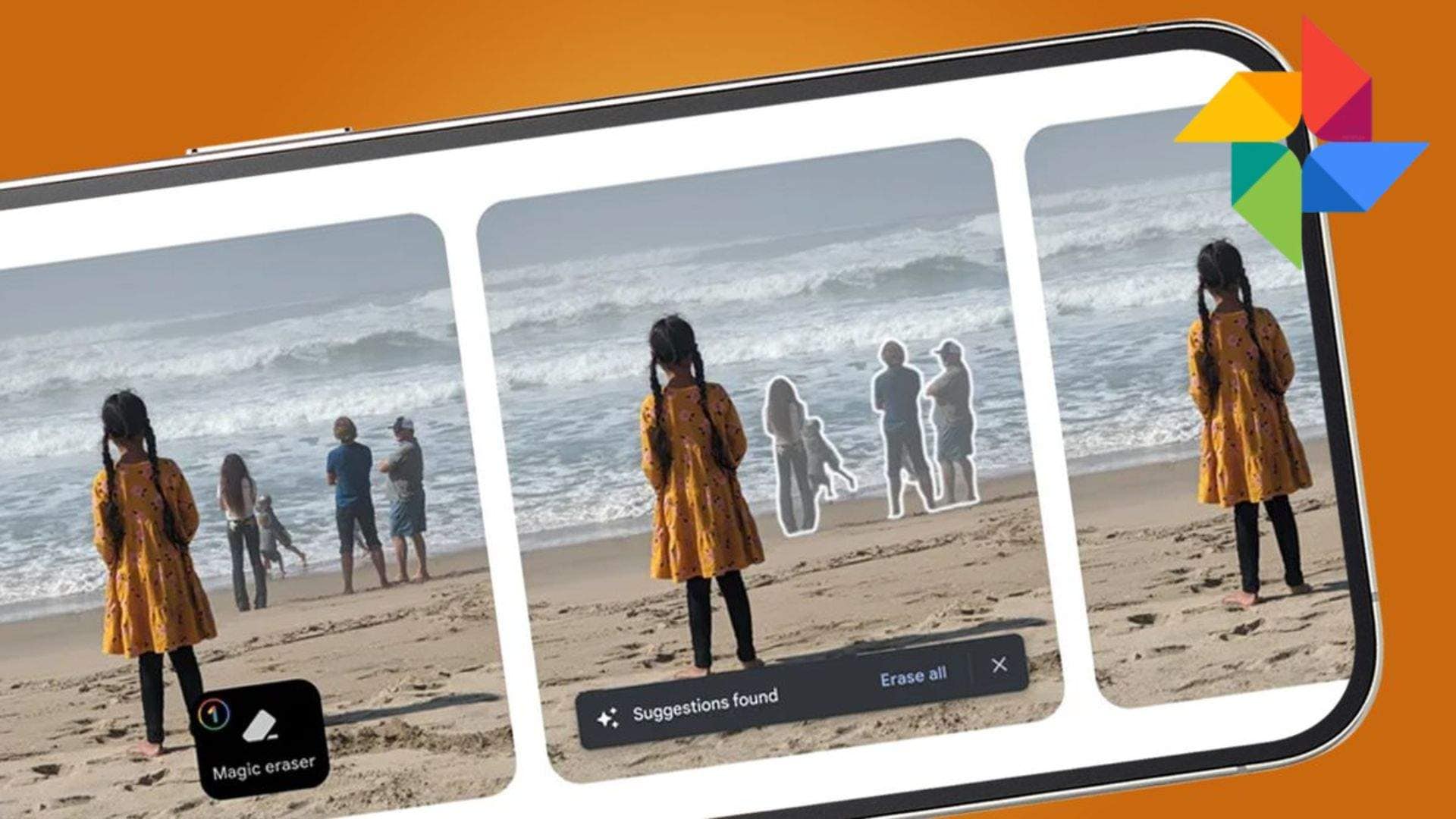



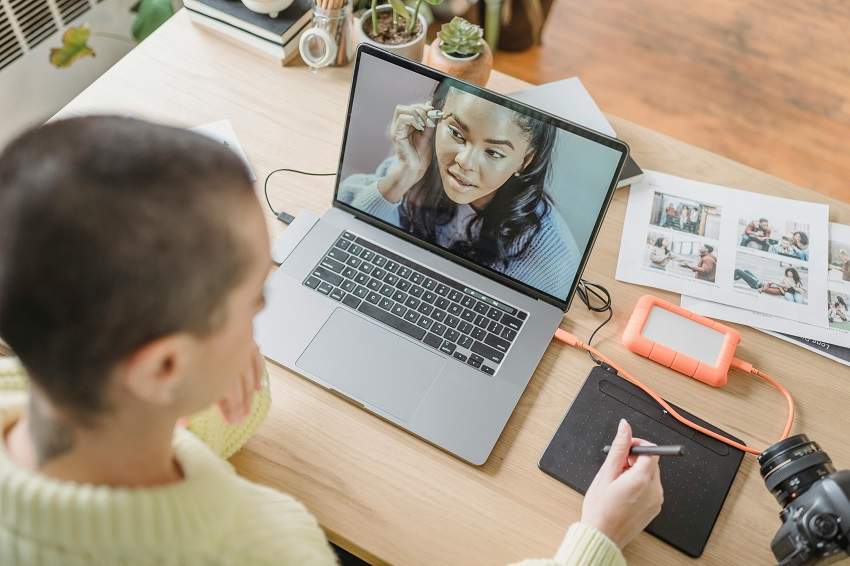
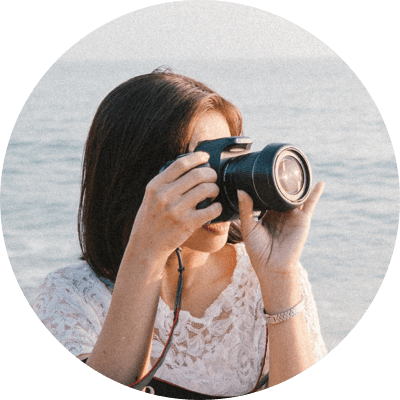

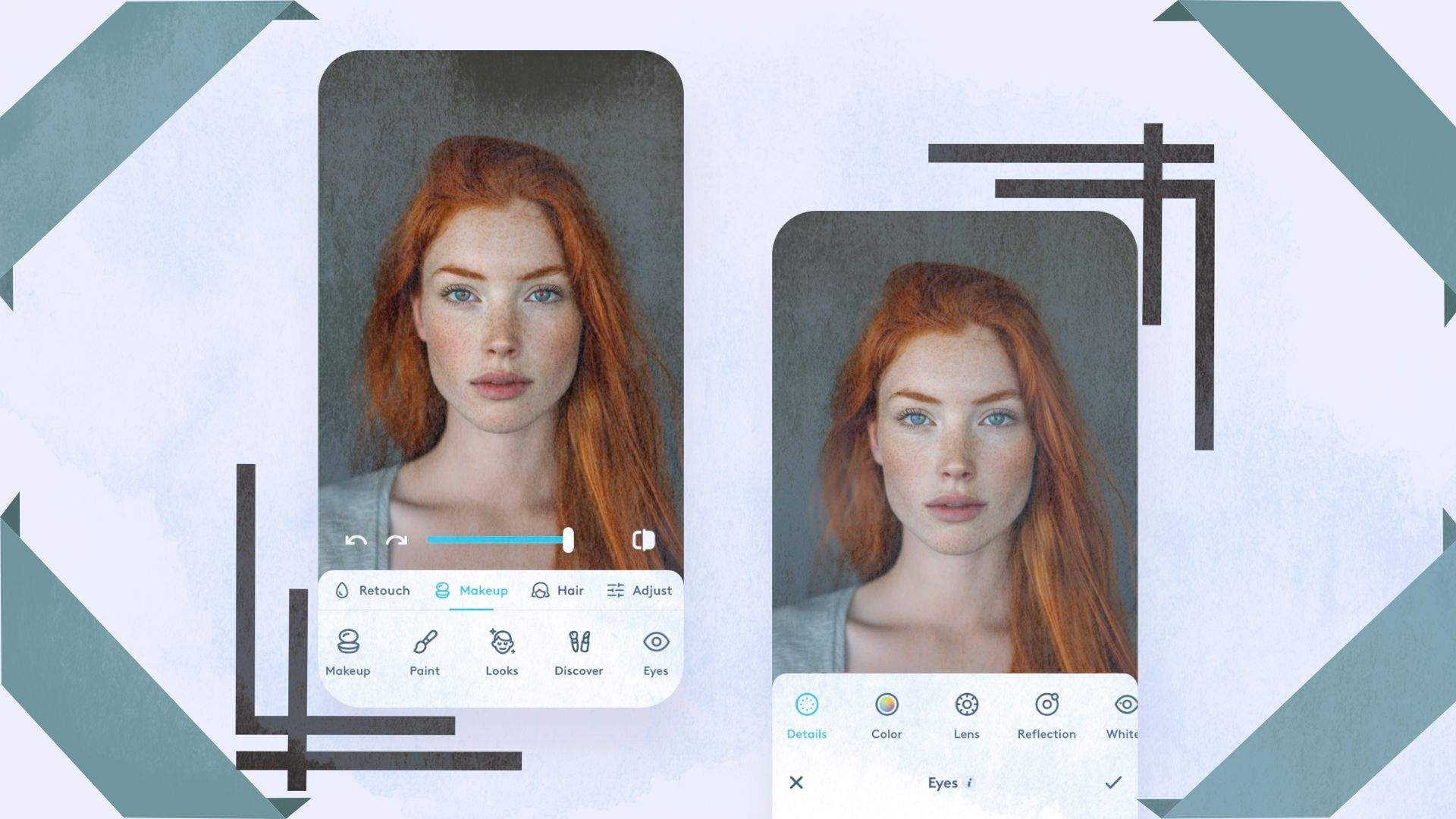
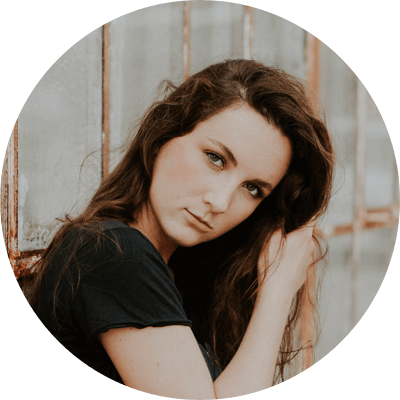


Daisy Raines
staff Editor
Generally rated4.5(105participated)